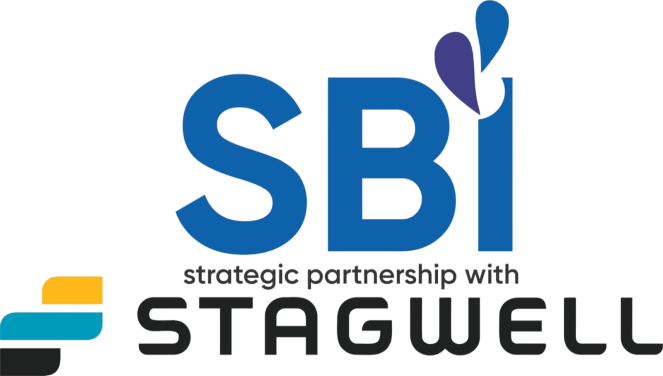In the last five years, we have forayed into some of the most diverse markets across the world. Our global experience has gifted us with a retinue of learnings that are not only instructive to us but any brand nursing a global ambition.
However, reaching customers around the globe requires a strategic approach that takes into account cultural differences, language barriers, and varying consumer preferences.
Here are five key strategies to effectively market to a global audience:
1. Cultural Sensitivity and Localization:
Understanding the cultural nuances of different regions is crucial for successful global marketing. What resonates with consumers in one country may not necessarily work in another. Tailoring your message to reflect local customs, traditions, and values demonstrates respect for your audience and increases the likelihood of engagement. This includes translating content accurately and ensuring that imagery, colors, and symbols are culturally appropriate.
2. Market Research and Audience Segmentation: Conducting thorough market research is essential for identifying target demographics and understanding their specific needs and preferences. By segmenting your audience based on factors such as age, gender, income, and cultural background, you can create more targeted and personalized marketing campaigns that resonate with different consumer groups. Utilize tools such as surveys, focus groups, and analytics to gather data and insights about your global audience.
3. Multilingual Content Strategy: Language is a significant barrier in global marketing, so it’s essential to speak your audience’s language. Investing in a multilingual content strategy allows you to communicate effectively with customers worldwide. This includes translating website content, marketing materials, product descriptions, and customer support channels into multiple languages. Additionally, consider hiring native speakers or language experts to ensure accuracy and cultural relevance in your communications.
4. Adaptation to Local Platforms and Channels: Different regions have their preferred social media platforms, search engines, and communication channels. To reach your target audience effectively, adapt your marketing efforts to fit local platforms and consumer behaviors. For example, while Facebook and Instagram might be dominant in some countries, others may favor platforms like WeChat, Line, or VKontakte. By understanding where your audience spends their time online, you can optimize your presence and engagement on relevant platforms.
5. Flexibility and Agility: Global markets are constantly evolving, so it’s essential to remain flexible and agile in your marketing approach. Be willing to adapt your strategies based on feedback, market trends, and changing consumer preferences. Regularly monitor and evaluate the performance of your campaigns across different regions, and be prepared to make adjustments as needed.
By staying responsive and adaptive, you can maintain a competitive edge and continue to effectively engage with your global audience. In conclusion, successfully marketing to a global audience requires a thoughtful and strategic approach that takes into account cultural diversity, linguistic differences, and regional preferences. By incorporating these five key strategies into your marketing efforts, you can effectively reach and engage customers around the world, driving growth and expanding your business opportunities on a global scale.

